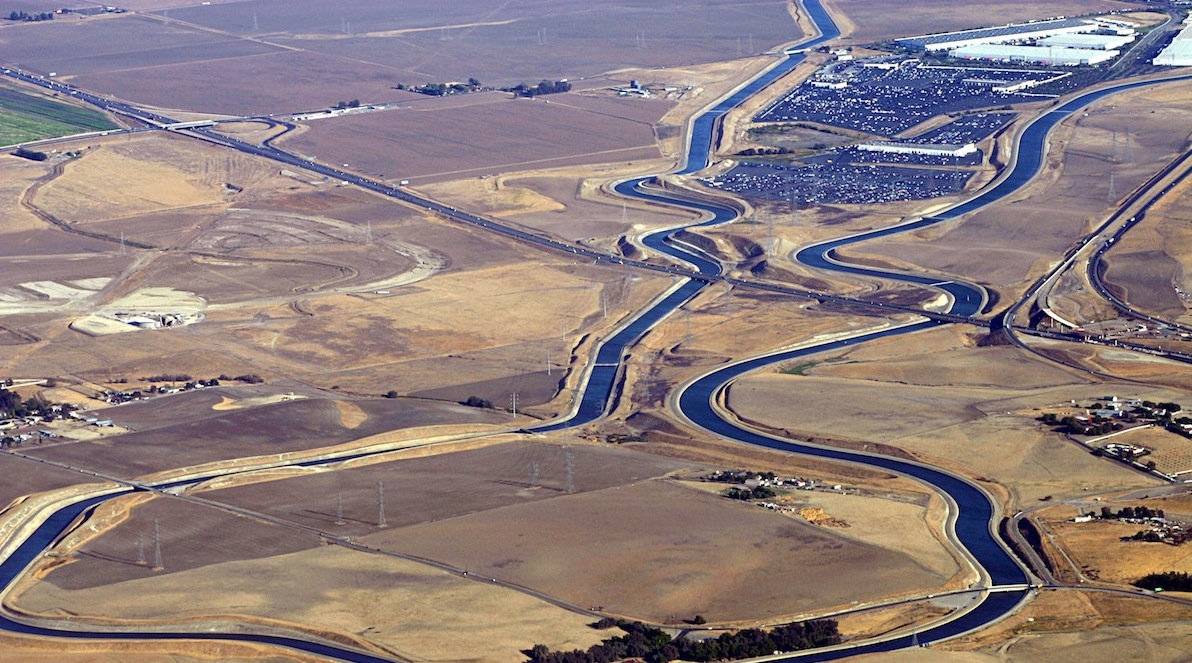The California Energy Commission (CEC) recently took measures aimed at saving the drought-stricken state billions of gallons of water.
The CEC approved new standards on toilets, urinals, and faucets that are sold in California. The new standards will be the most water-efficient in the country. Once the current stock of products is turned over, the CEC says the measure will save more than 100 billion gallons of water annually.
California is the first state to adopt standards that are more efficient than those set by EPA's WaterSense program. Next year, all urinals sold in California will use only 1 pint of water or less for each flush (the old standard was 1.0 gallons per flush, WaterSense is 0.5 gpf) and bathroom faucets will use no more than 1.2 gallons of water per minute (the old standard was 2.2 gpm, WaterSense is 1.5 gpm).
These standards go into effect on Jan. 1, 2016. The new standards do not require homes and businesses to replace plumbing fixtures. The CEC is working on a rebate program to make the purchase of more efficient appliances more affordable.
Related Stories
| Mar 8, 2012
Engineering innovation provides new option for meeting seismic codes in skyscrapers
Two University of Toronto engineers have developed “viscoelastic-energy-dissipating dampers” to replace many of the heavy concrete beams used in tall structures.
| Mar 8, 2012
CSI webinar on building code compliance March 22
A March 22 webinar will provide an overview of a 28-step process during the design of a building to ensure compliance with building codes.
| Mar 8, 2012
Federal silica dust rule caught in bureaucratic limbo
A federal rule meant to protect the lungs of workers has been caught in bureaucratic purgatory for more than a year.
| Mar 8, 2012
New LEED-EBOM rating has requirements for specific project types
Several key changes are proposed for the LEED-EBOM Rating System in 2012.
| Mar 8, 2012
Green buildings more resilient than conventionally built structures
A new study by the U.S. Green Building Council (USGBC) and the University of Michigan’s Taubman College of Architecture and Urban Planning suggests that structures built to green standards can advance building resiliency.
| Mar 1, 2012
LEED Platinum standard likely to mean net-zero energy by 2018
As LEED standards continue to rise, the top level, LEED Platinum, will likely mean net-zero energy construction by 2018.
| Mar 1, 2012
EPA beefs up stormwater discharge rule from construction projects
The U.S. Environmental Protection Agency (EPA) has now finalized its 2012 construction general permit (CGP) that authorizes stormwater discharges from construction projects that disturb one or more acres of land in the areas where EPA is the permitting authority.
| Mar 1, 2012
Regulators investigate structural failures during construction of two Ohio casinos
Regulators with the Occupational Safety & Health Administration and the city of Cincinnati are investigatingthe collapse of the second floor of Cincinnati's Horseshoe Casino as workers were pouring concrete.















